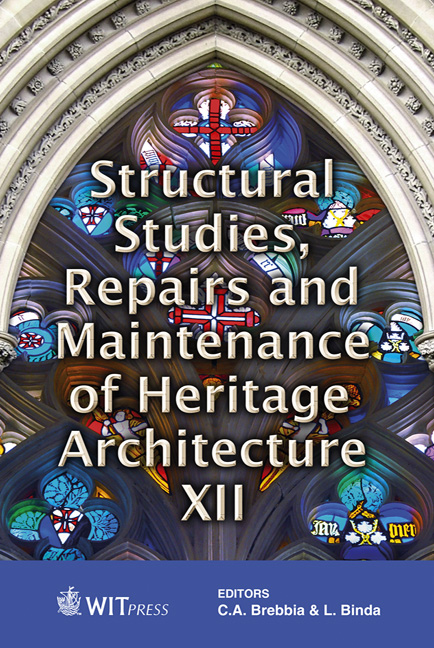Ventilation Techniques In The 19th Century: Learning From The Past
Price
Free (open access)
Transaction
Volume
118
Pages
11
Page Range
271 - 281
Published
2011
Size
668 kb
Paper DOI
10.2495/STR110231
Copyright
WIT Press
Author(s)
M. van der Tempel, I. Wouters, F. Descamps & D. Aerts
Abstract
Throughout building history, various natural low pressure techniques were developed and used to improve the indoor air quality and temperature in buildings. In the 19th century, innovative heat and wind induced low pressure systems were introduced in public buildings and dwellings. Due to the further development of mechanical ventilation systems from the 20th century onwards, knowledge concerning these low pressure systems was lost. As the reduction of energy consumption of historic buildings becomes very important, the air shafts of the systems present in 19th century buildings create a unique opportunity to establish an energy efficient renovation or restoration, with maximal respect for the former technology. The research presented in this paper aims to improve the existing knowledge on the evolution of ventilation techniques in buildings and to stimulate renovation interventions respecting the historical character of these techniques. Based on an extended literature study, an overview of important evolutions in ventilation including the design hypotheses and problems is therefore presented. The different ventilation methods developed in the 19th century are discussed in technical detail, highlighting the opportunities and constraints when reused in renovations. Keywords: ventilation and heating, low pressure ventilation system, wind and heat induced, historical analysis, technical understanding, renovation techniques.
Keywords
ventilation and heating, low pressure ventilation system, wind and heat induced, historical analysis, technical understanding, renovation techniques




